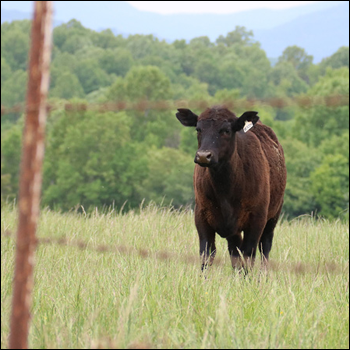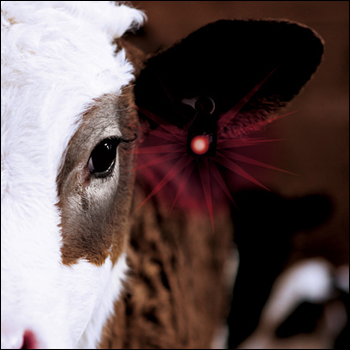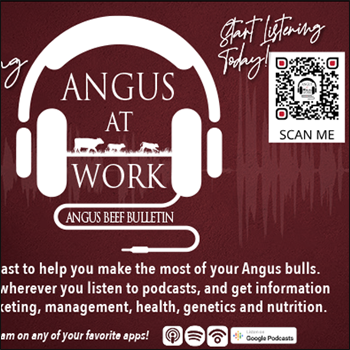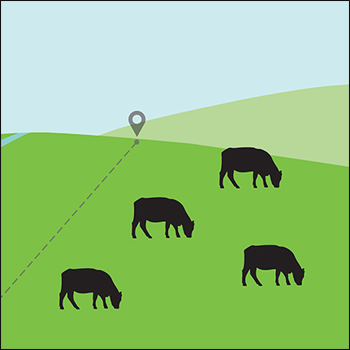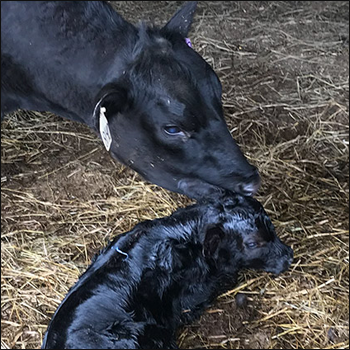
How Much Red Meat are Consumers Actually Eating?
Data collected from 1970 through 2018 shows beef consumption has fallen 30%.
Red meat often gets a bad rap, and it’s important to gauge how that is affecting actual consumption. Cody Gifford, University of Wyoming assistant professor and meat scientist, provided an update on this beef checkoff-funded research during the 2021 Range Beef Cow Symposium hosted Nov. 16-17 in Rapid City, S.D.
“The target of our work is to assess how much red meat are consumers actually consuming, and how does that match up with the dietary research and recommendations that consumers hear,” Gifford shared.
Analyzing data from the National Health and Nutrition Examination Survey (NHANES) from 2015-2016 (the most recent year the data was available), Gifford said it appears the majority of the U.S. population is consuming 3 ounces (oz.) or less of red meat. About 20% of the U.S. population reports they are consuming more than a serving of cooked meat daily, and only a small percentage of individuals are consuming the highest levels of meat daily.
From that information, the blanket recommendation that Americans are consuming too much red meat is not accurate, says Gifford. “There is plenty of room for most consumers to include red meat and support a healthy diet.”
That said, Gifford reports that beef intake has decreased during the past few decades.
Specifically, USDA Economic Research Service (ERS) data tracking daily availability of beef, pork and chicken at retail between 1970 and 2018 were plotted. Loss-adjusted per capita availability ounce equivalents per day estimates of beef, pork and chicken in 2018 compared to 1970 changed by a decrease of 30.8% for beef and increased 0.3% for pork and 143.9% for chicken. This data provides an overview of changes in food availability at retail for meat products on a species and per capita loss-adjustment basis to also infer consumption in the United States, explains Gifford.
From the current Wyoming research, Gifford says more research is needed to bring consistency to meat consumption data that is collected. He shared that past research and dietary guidelines information have had inconsistencies in the language used for grouping proteins. As examples, sometimes specific species names are used, while at other times species are grouped together as red meat or white meat. Occasionally, the term “processed” was even used to describe red meat.
Additionally, Gifford notes that underestimated dietary intake reporting, accuracy of the type and amount of food estimates, and even bias among survey participants can all be factors that affect the estimates of red-meat consumption of consumers. He says further research will strive to identify methods that address limitations of these dietary intake methods and provide current levels of red-meat intake, particularly as trends of red-meat consumption during COVID-19 are evaluated further.
While data from the pandemic are still being evaluated, Gifford said several general trends with regard to meat consumption have been documented in the Power of Meat 2021 report available from the North American Meat Institute. Those include:
These findings suggest meat has remained a priority in U.S. households, Gifford concludes.
Editor’s note: Kindra Gordon is a cattlewoman and freelance writer from Whitewood, S.D. Lead photo is from Getty Images.

Angus Proud
In this Angus Proud series, Editorial Intern Jessica Wesson provides insights into how producers across the country use Angus genetics in their respective environments.
 Angus Proud: Scott Sproul
Angus Proud: Scott Sproul
Oklahoma operation learned wisdom of moving calving season to better suit their marketing needs.
 Angus Proud: Bubba Crosby
Angus Proud: Bubba Crosby
Fall-calving Georgia herd uses quality and co-ops to market calves.
 Angus Proud: Jim Moore
Angus Proud: Jim Moore
Arkansas operation retains ownership through feeding and values carcass data.
 Angus Proud: Les Shaw
Angus Proud: Les Shaw
South Dakota operation manages winter with preparation and bull selection.
 Angus Proud: Jeremy Stevens
Angus Proud: Jeremy Stevens
Nebraska operation is self-sufficient for feedstuffs despite sandy soil.


